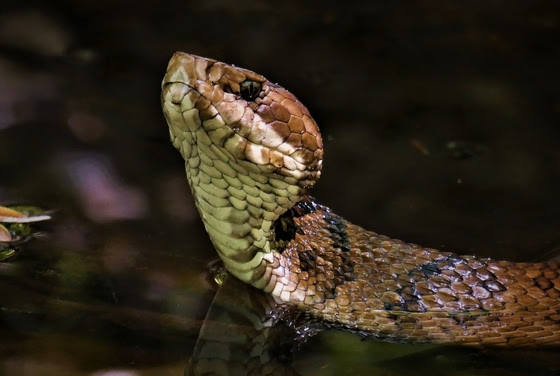Young Ranitomeya vanzolinii (Spotted Poison Frog) in the Herpetology Lab at The Amphibian Foundation. This is a very bold and interesting species that spends most of its time in plain view inside the vivarium. Unlike many species of dendrobatids the parents of Ranitomeya vanzolinii offspring return to feed their young. They will lay their fertile egg in an isolated pool. A bromeliad which has filled with water is an ideal place. Once the tadpole hatches the female encouraged by the male will lay an infertile egg into the small pool, this provides the tadpole with a food source until it can fend for itself. The parents form a stable pair during this period We are working with these frogs through a donation/partnership with Shore Things Exotics. #Ranitomeya #Ranitomeyavanzolinii #PoisonFrog #PoisonFrogs #Frog #Frogs #FrogsOfInstagram #AmphibianFoundation
via Instagram http://ift.tt/2qAgFM3




